Cop-Killer Bullets: Gun Control Lie or Actual Threat?
June 9th, 2022
6 minute read
Cop-killer bullets.
That’s a pretty inflammatory phrase that is thrown around a lot. It seems to have been invented by hoplophobes and then used by politicians to attack your Second Amendment rights. As a former law enforcement officer myself, I believe the overly emotional descriptor for what is also called “armor-piercing” ammunition is prejudicial and intentionally used to sway uninformed members of the public.
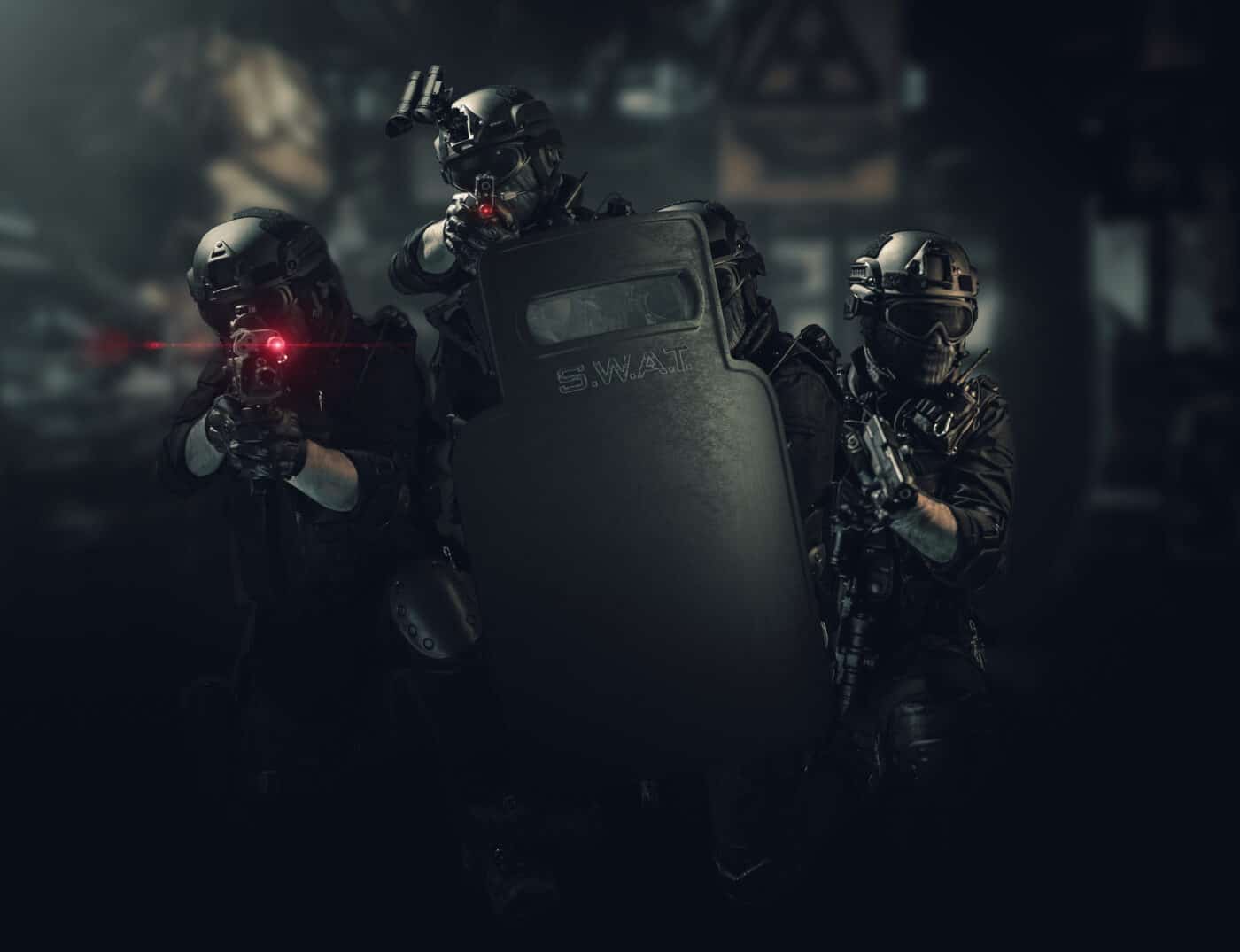
But, is there any truth to the idea of armor-piercing bullets?
Like most political footballs, you have to dig into the facts to find the truth of the matter. Once you do, you find some facts that have been grossly distorted for political gain.
What Is Modern Body Armor?
For this article, I will define “armor-piercing” to mean “able to penetrate soft body armor.” I choose that definition since it seems to be the one most frequently used in the rare instances where the media and politicians choose to play “white knight” for law enforcement officers for the sole purpose of furthering anti-gun legislation.
Modern soft body armor has been around for many years. Polymer fibers like Kevlar are used to create bullet-resistant clothing. This includes the soft body armor worn by most police officers today. Significant amounts of modern soft body armor began hitting the market in the mid-1970s and have become stronger and lighter through continuous research and experimentation.
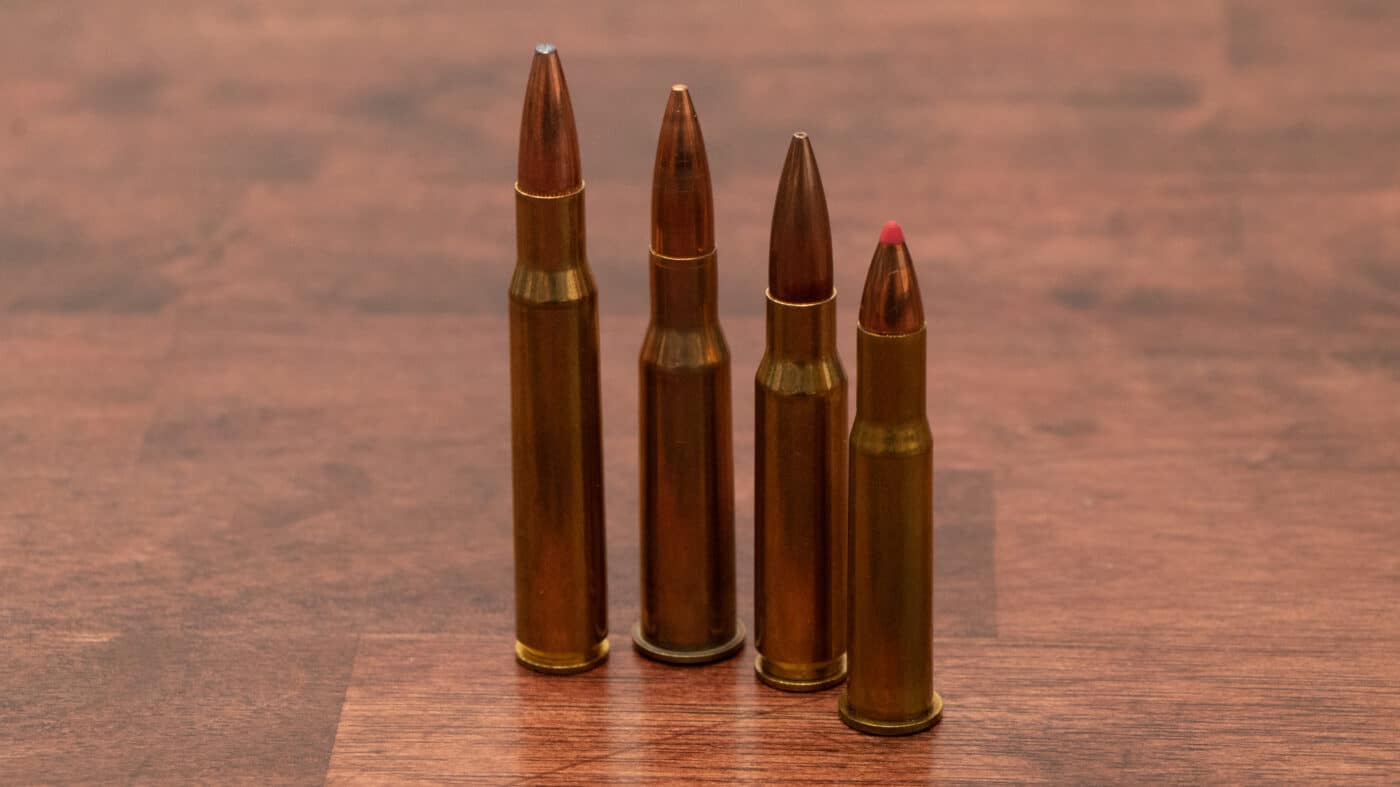
Some have said Wyatt Earp wore a custom-made silk vest to stop bullets more than 100 years ago at the O.K. Corral. Due to silk’s strength and the relatively slow-moving handgun rounds of the era, that’s not as far-fetched an idea as you might think.
While soft body armor isn’t as comfortable as Earp’s silk vest, it is relatively thin and flexible so it can be worn under a shirt. That makes it feasible for daily use by law enforcement officers.
Standards
Soft body armor is not an infallible product. The reality is that body armor is only bullet-resistant — not bulletproof. All armor can be defeated. Soft body armor can stop many, but not all, commonly available handgun rounds. No soft body armor can stop centerfire rifle rounds.
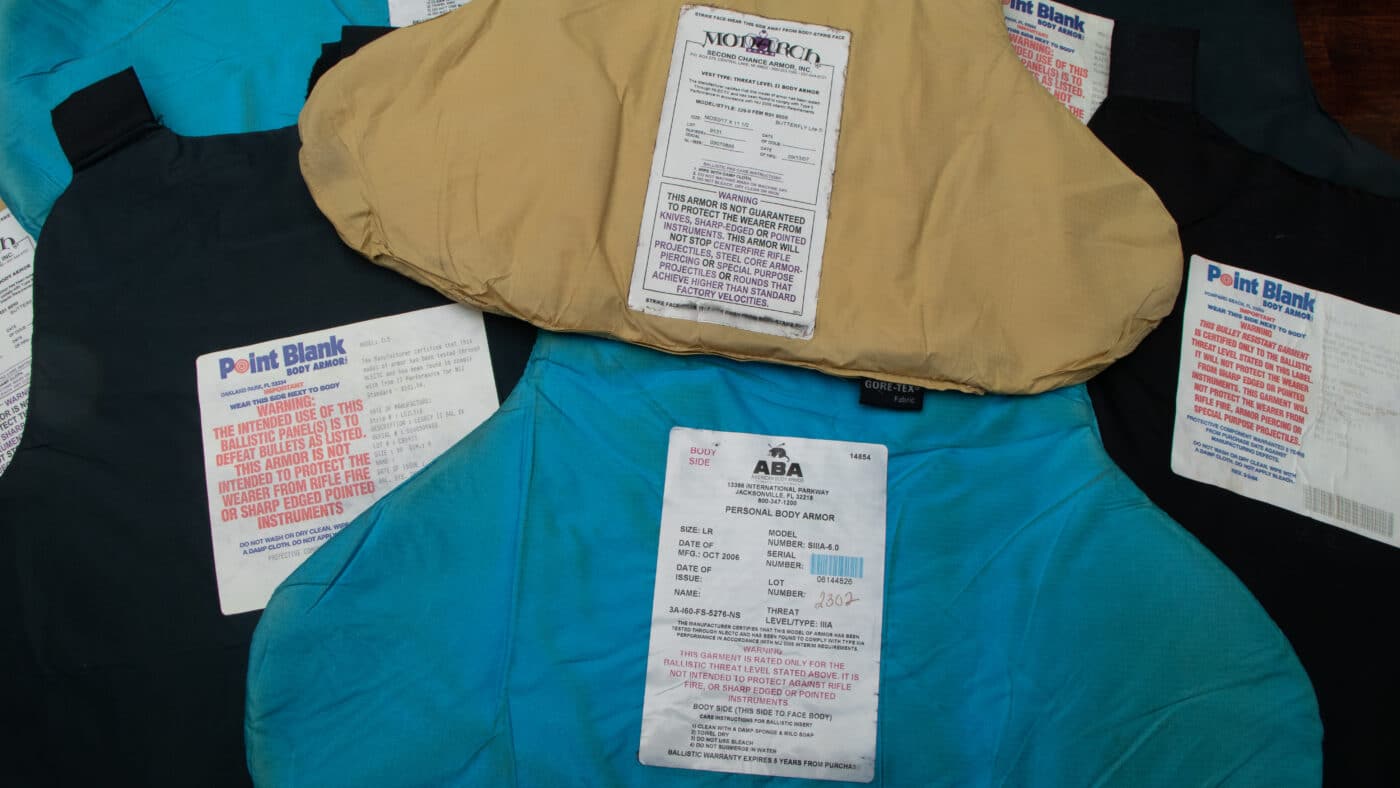
Body armor merely offers resistance to common threats and is intended to increase the likelihood of surviving a shot to the upper torso. That’s it. It is responsible for saving thousands of lives, but it is not a panacea.
The National Institute of Justice (NIJ) established a testing and rating system for soft body armor so that police officers could have an understanding of what protection they should expect from each vest. Over time, that system has been updated and changed to reflect current technology.
Soft body armor is currently categorized into one of three levels: II-A, II and III-A. II-A offers the least protection while III-A offers the most. All of them protect against traditional handgun cartridges, but none will stop a common rifle cartridge like a .243 Win, .30-06 or 7mm-08.
So, if any standard hunting cartridge is literally an armor-piercing round, why the hubbub about “cop-killer” bullets?
That’s where things get interesting.
Motivations
Some of the ways that the media gets viewers are through sensational stories, controversial headlines and risqué programming. That appears to have been the formula used in a television story titled “The Killer Bullet” in 1982.
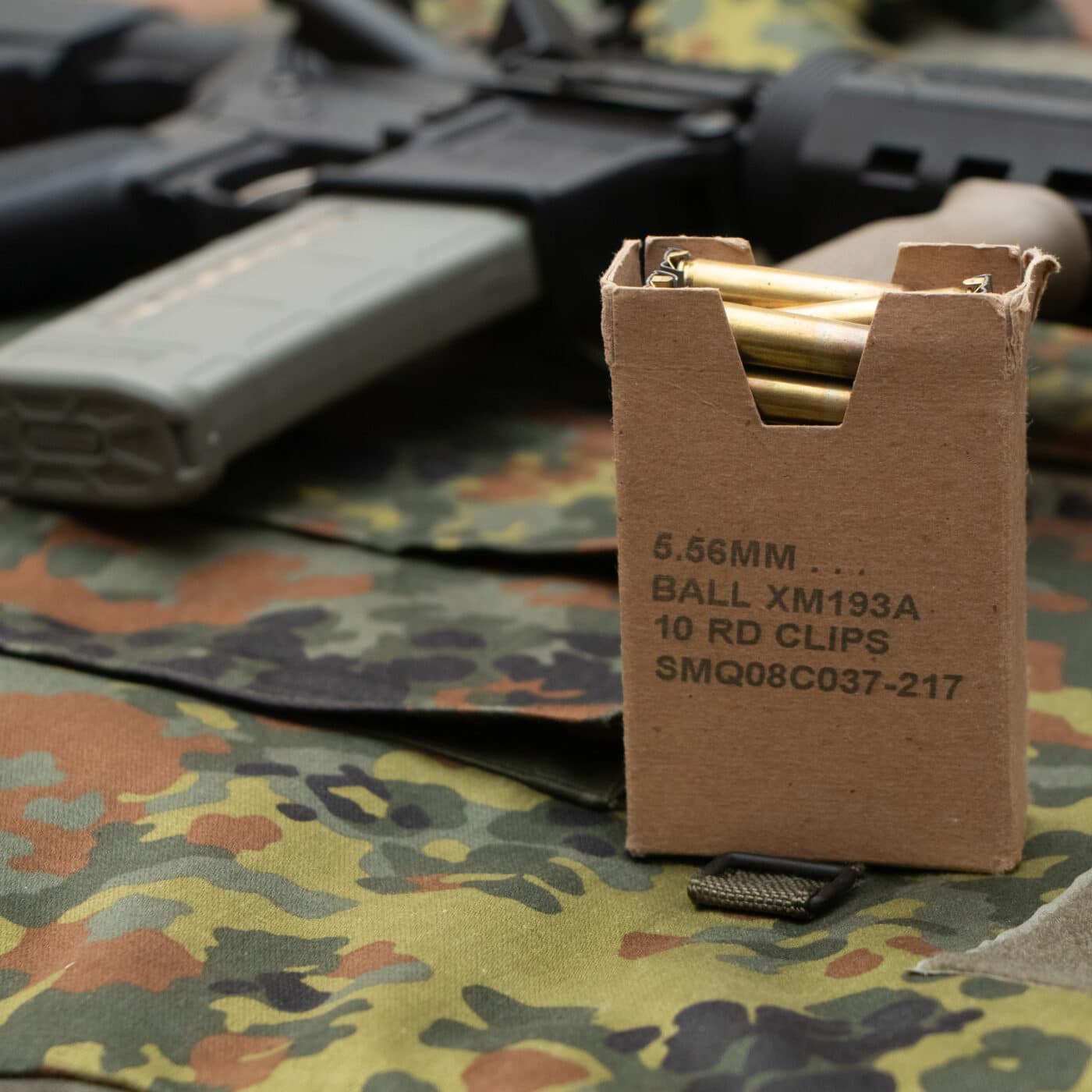
In it, the television program highlighted a Teflon-coated bullet called the KTW. This so-called cop-killer bullet was said to punch through the soft body armor worn by cops at that time. That lit a fire under some in the U.S. Congress who immediately pushed for further regulation of the firearms industry.
KTW “Controversy”
My first serious firearms training came at the hands of a sergeant with a Florida sheriff’s department. Prior to entering law enforcement myself, we struck up a friendship and he introduced me to the realities of combat shooting.
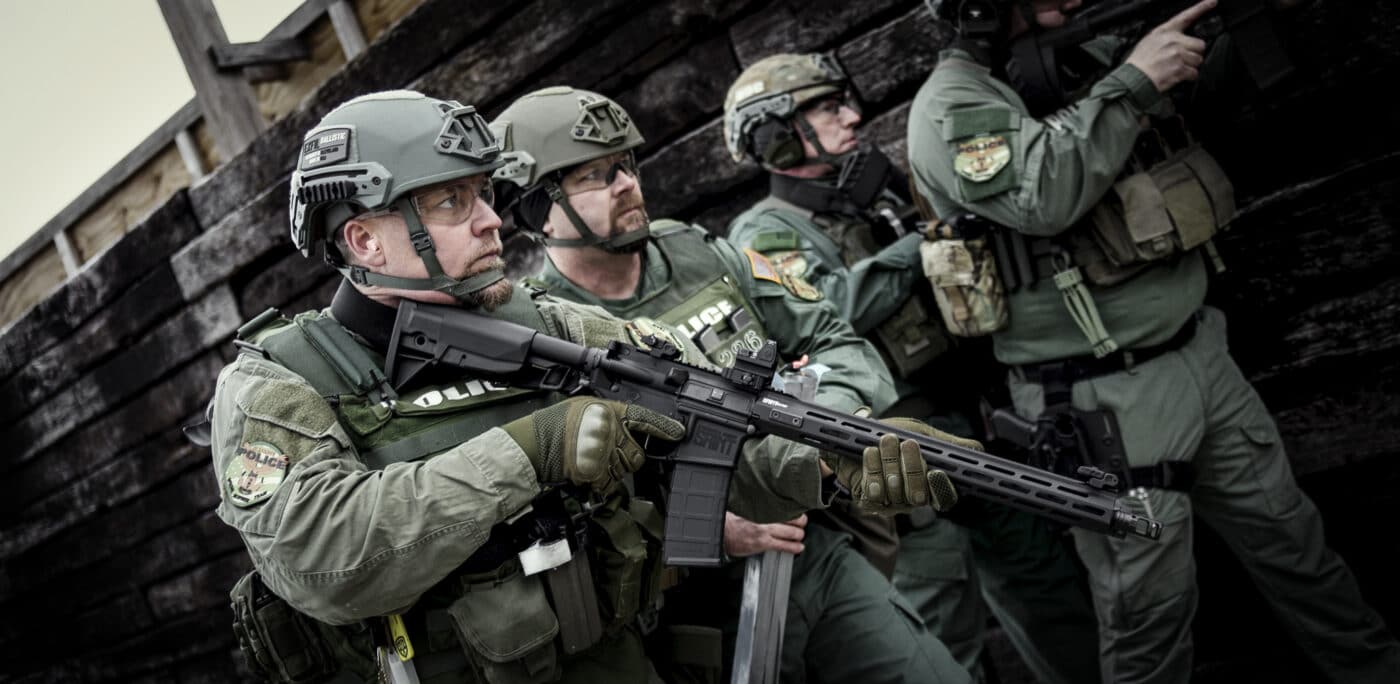
During one of our range trips, he told me that his pistol was loaded with Federal Hydra-Shok rounds, but he also kept a spare magazine of ball ammo “just in case.” He further stated that he wanted to get some KTW rounds, but they had become too difficult to find. When I asked why he would want anything other than the highly respected Hydra-Shok ammunition, he said “in case a suspect is in a car.”
Such was the state of handgun ammunition in the 1980s. Even with all of the advances in firearms and physics, officers were still running into problems with penetrating barriers that armed suspects were using as cover.
Members of the criminal justice community developed KTW rounds in the 1960s specifically for use by law enforcement. During this time, bullet technology was vastly inferior to that of today. Much of the ammunition carried by police officers was unable to reliably penetrate automotive glass and doors.
Developed to defeat these hard barriers, KTW ammunition used conically shaped projectiles made of hardened, dense metals. There were many iterations of the ammunition over the years, and some of the ammunition was coated in Teflon to reduce wear on the gun barrels from the hardened bullets.
The initial development of KTW rounds occurred during a period when soft body armor didn’t exist. In fact, the widespread use of soft armor by police officers wouldn’t take place until after KTW disappeared from the marketplace. So, to say that KTW rounds were developed to defeat soft body armor is patently false.
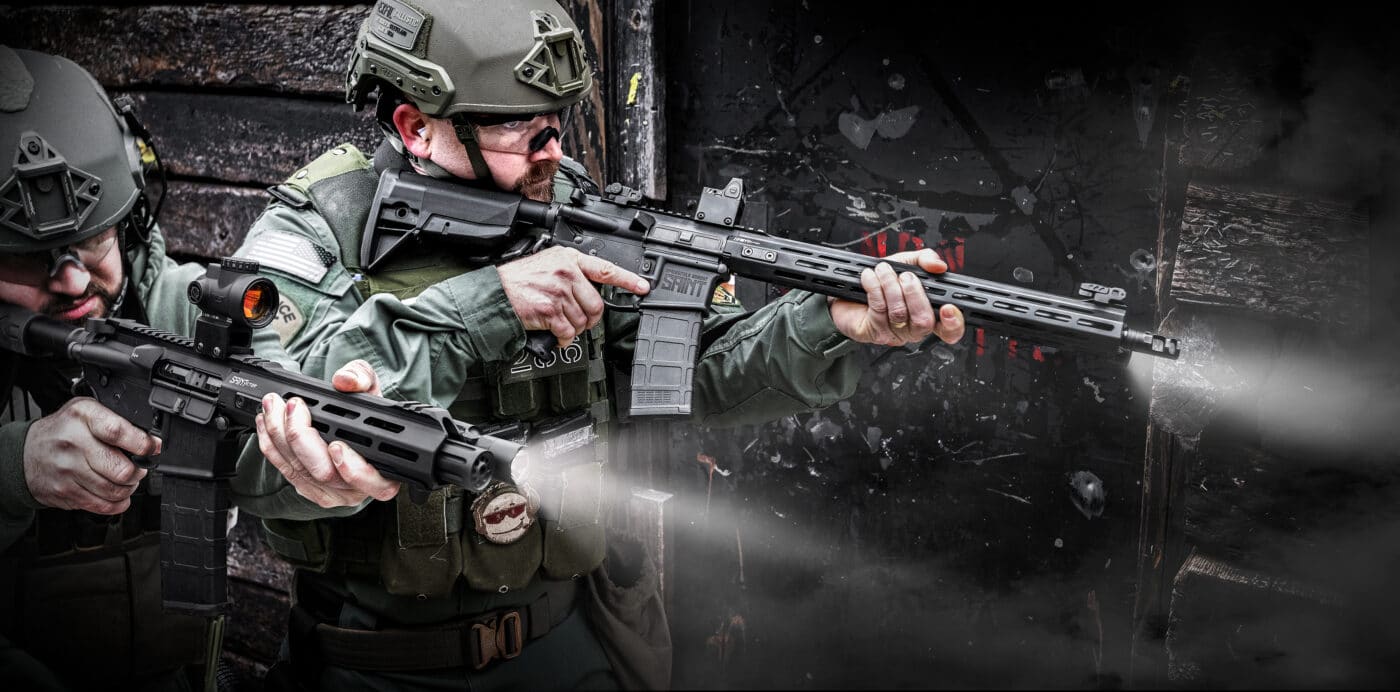
Interestingly, many people wrongly claimed the Teflon coating allowed the projectiles to penetrate soft body armor. Even today, I’ve seen many people repeat this false claim. While Teflon can act as a lubricant for some surfaces, it increases friction against the nylon and Kevlar used in body armor. The result is reduced, not increased, penetration.
Nevertheless, KTW became the focus of many news stories. Before the end of the 1980s, new laws were passed against so-called armor-piercing handgun rounds at the federal level and in various states around the country. Some state laws ban KTW by name while others ineffectually ban “Teflon-coated” projectiles.
Myth vs. Reality
Why is this 30-something-year-old controversy about armor-piercing rounds still relevant? For two main reasons.
First, if you are a law enforcement officer, you should understand the capabilities of your body armor. You can expect that centerfire rifle rounds will penetrate it. Handgun rounds are frequently stopped by it, but there are plenty of rounds in common use that will penetrate it as well.
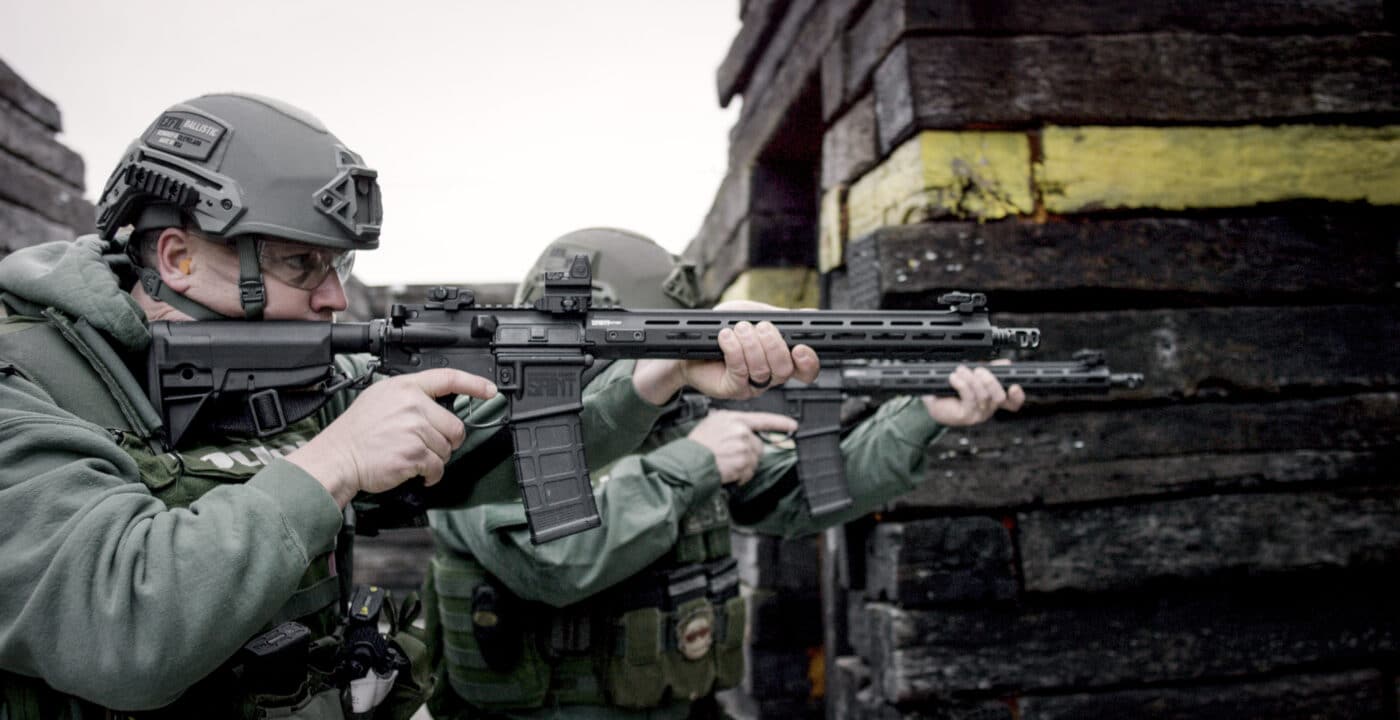
In independent testing, I’ve seen 7.62×25 Tokarev, lightweight 9mm, 5.7×28 and .357 Magnum penetrate body armor. So, stay alert, be ready to take decisive action and use cover when things go sideways.
Secondly, anti-civil rights activists are always looking for inroads to regulate more and more of the firearms industry. The existing legislation and accepted statements about armor-piercing ammunition give them a new tool.
When Winchester Ammunition introduced the Black Talon line in the early-1990s, it used a Lubalox coating. While the coating was designed to protect the bore of the firearm, some vocal critics claimed it would allow bullets to penetrate a police officer’s body armor “like Teflon.”
Since many in the public believed the lie about Teflon being a mechanism of penetration for the KTW rounds, they readily believed the same about the Black Talon ammunition. Eventually, Black Talon was pulled from the market and replaced by a similar product.
Armed with knowledge and facts on the subject, it can be a lot easier to navigate this often very heated topic.
Editor’s Note: Please be sure to check out The Armory Life Forum, where you can comment about our daily articles, as well as just talk guns and gear. Click the “Go To Forum Thread” link below to jump in!
Join the Discussion
Continue Reading
Did you enjoy this article?

 644
644






